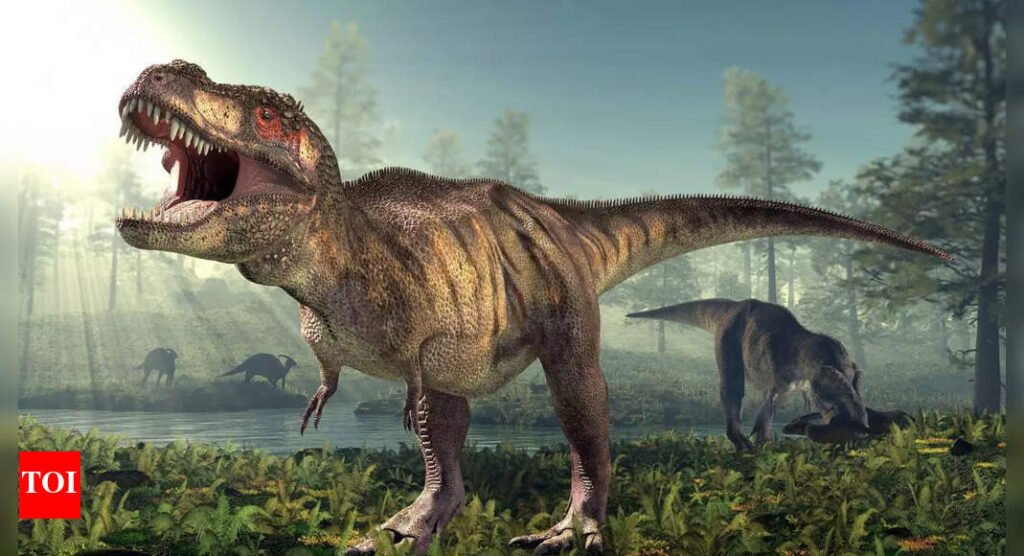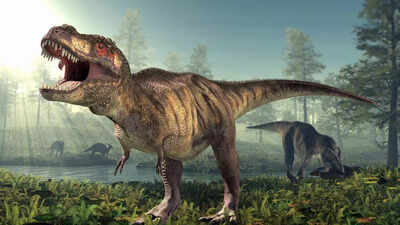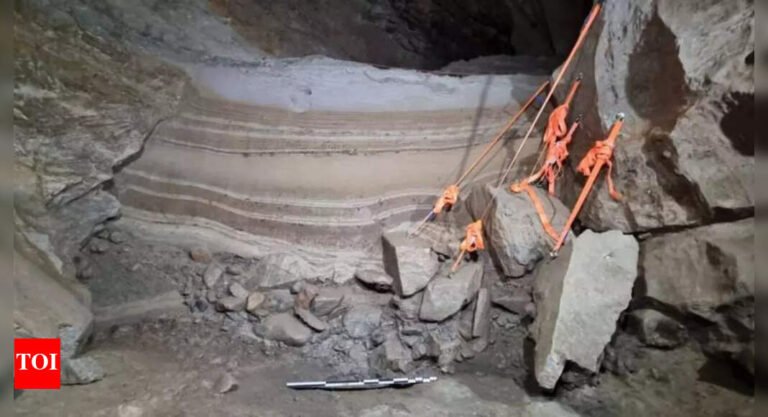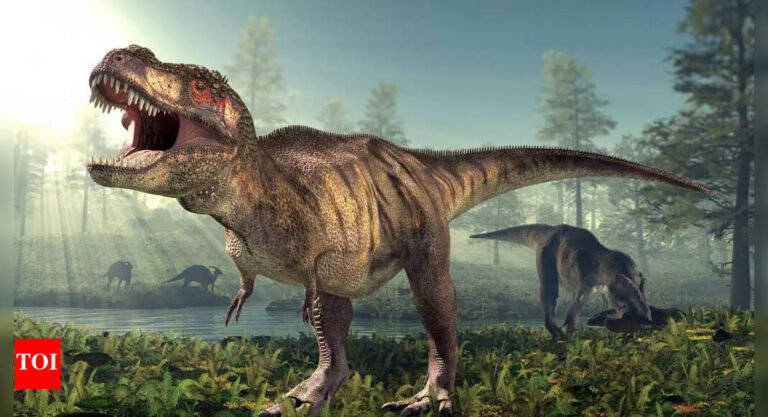
Giant dinosaurs weren’t terrifying just because of their size or teeth. According to a new study published in the Anatomical Record, their skulls were evolutionary tools of destruction, custom-built for killing, not just chewing. Researchers analysed the skull structure of 18 different theropod species from the bone-crushing Tyrannosaurus rex to the long-snouted, crocodile-like spinosaurids. What they found was a striking pattern: these predators didn’t evolve one-size-fits-all jaws. Instead, their skulls were tailored for specific attack styles. The T. rex had a short, thick skull ideal for delivering bone-shattering bites, like a biological sledgehammer. In contrast, dinosaurs like allosaurs and spinosaurs developed narrow, blade-like snouts that allowed for rapid, slicing strikes, perfect for targeting softer flesh with precision. These adaptations weren’t random. They were survival strategies, shaped by millions of years of evolution. The study highlights how these massive creatures weaponised their own skulls, turning their heads into killing machines that reflected their hunting style and place in the food chain. Whether through brute force or surgical finesse, these dinosaurs ruled their world and their skulls were the secret to their dominance.
How dinosaur skulls became weapons: Not all bites were created equal
The study revealed that the Tyrannosaurus rex possessed one of the most powerful bites in the history of life on Earth. Its short, deep, and heavily built skull was reinforced like a shock-absorbing machine, allowing it to crush bones with the force of a living sledgehammer. This bone-shattering bite meant that T. rex didn’t just kill its prey, it devoured every part of it, bones and all, leaving little behind. In sharp contrast, spinosaurs and allosaur-like theropods evolved lighter, narrower skulls designed not for brute force but for precision.Their heads functioned more like surgical blades than bludgeons, ideal for slicing through soft flesh with speed and efficiency. These predators likely struck quickly, focusing on agile hunting techniques rather than raw power.This striking difference in skull mechanics reveals the wide spectrum of predatory strategies among dinosaurs, from bone-crushing tanks like T. rex to sleek, slicing assassins like spinosaurs. It’s a fascinating glimpse into how evolution shaped their heads into deadly weapons, each built for a different style of domination.
Skull weapons gave dinosaurs a competitive edge in prehistoric ecosystems
Why did these skull adaptations matter? Because evolution is a battlefield. Dinosaurs that evolved specialised skulls could fill unique ecological niches. Bone crushers like T. rex may have targeted larger prey or scavenged, while slicing predators likely hunted fast-moving animals or fished.This diversity allowed many types of theropods with weaponised skulls to coexist without direct competition. It also shows how nature doesn’t always reward brute strength, sometimes, speed and accuracy win the fight. The weaponisation of dinosaur skulls was less about size and more about strategy.
Dinosaurs with skull weapons weren’t all the same: A case of convergent evolution
Interestingly, these skull traits evolved independently in different dinosaur families. That means similar weaponised features, like reinforced jaws or blade-like snouts showed up in unrelated lineages, a phenomenon known as convergent evolution. This reinforces how effective these adaptations were across millions of years. Whether it was a T. rex cracking bones or a spinosaur shearing flesh, each strategy worked because it suited that dinosaur’s prey, environment, and hunting style. The evolution of dinosaur skulls into weapons tells us not just about their bodies but about the world they lived in.
Why dinosaur skull weapons still fascinate us today
There’s something endlessly gripping about the idea that dinosaurs used their skulls not just to house their brains but as powerful, built-in weapons. It changes the way we see them. They weren’t just lumbering, mindless beasts. They were evolutionary specialists, honed over millions of years for survival and supremacy. Some, like the T. rex, were bone-crushing tanks, brute-force fighters whose heads functioned like biological wrecking balls. Others, like spinosaurs and allosaurs, were precision predators, using narrow, blade-like skulls to slice through flesh with eerie efficiency. Each skull tells a story of strategy of how these creatures hunted, fought, and thrived in prehistoric ecosystems that were as competitive as they were deadly.What continues to fascinate us is the diversity of these head-based weapons. From club-like jaws to knife-edged snouts, nature experimented boldly. And in that, we see a deeper truth: evolution’s deadliest designs aren’t always the biggest or loudest. They’re the ones sharpened by need, adapted to perfection and often hiding in plain sight.Also read| 235 Students reach final round of NASA-ISRO educational tour








